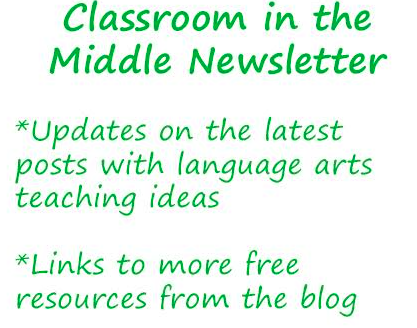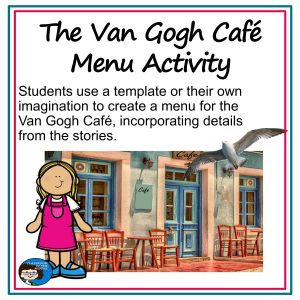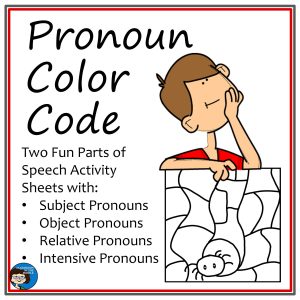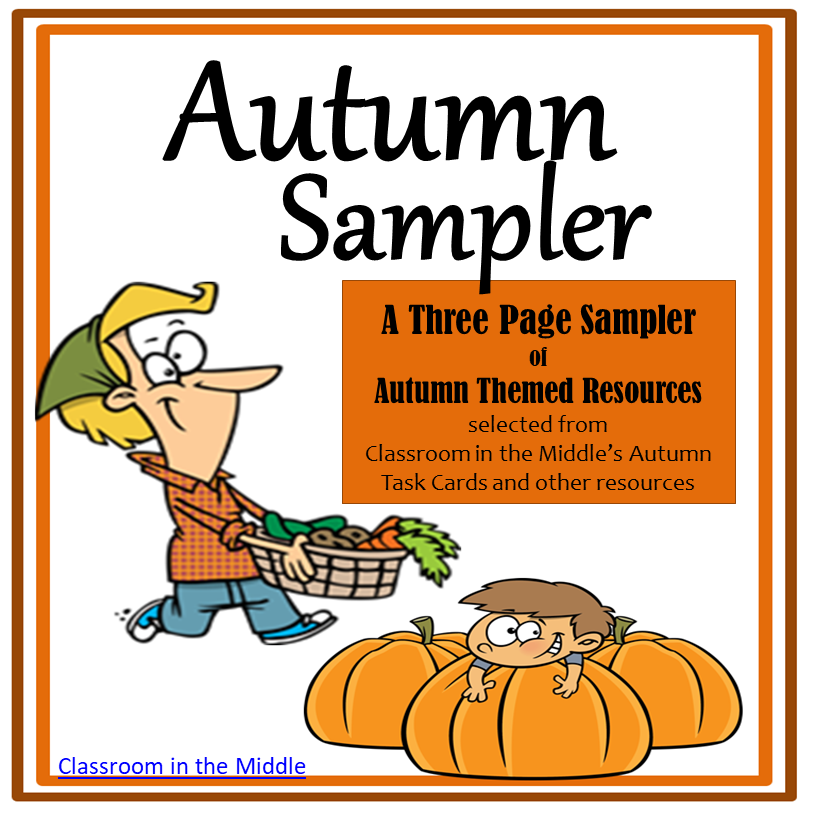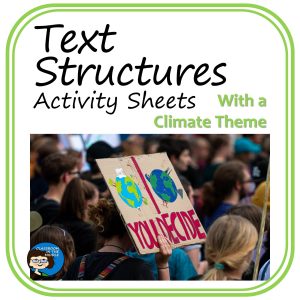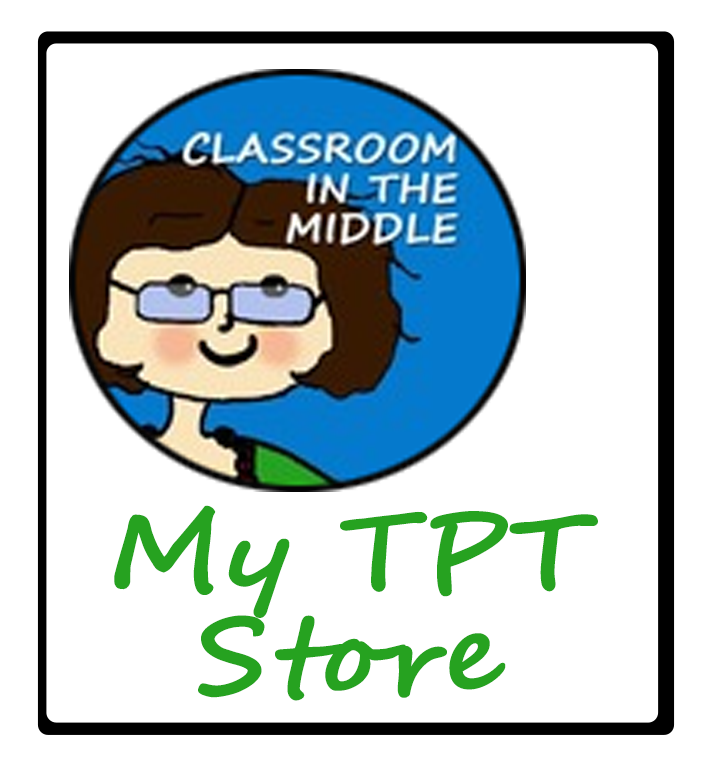Independent reading and reading responses can take up a lot of your time! Here’s an idea that can remove one of those teacher chores – making copies – from this perennial part of language arts teaching.
Do you use one particular format for reading responses, or book reports, that your kids complete for their independent reading books? Do you keep one big stack on hand all year to use as needed or design a new one from time to time? If you are tired of making all those copies for either option, it might be time to try a no-copy option – a book response format that doesn’t require making any copies at all!
How would you do that? Just plan a format that is easy for the kids to set up themselves, and then take a little class time to get them started using the format correctly the first time. After that, they’ll know what to do going forward.
And there’s no need to make it complicated! Plain printer paper is all you need (just the paper, not the printer), plus the kid’s usual writing and drawing supplies (pencil and colored pencils or markers).
Here’s one really easy way. Fold a sheet of printer paper in four sections like a greeting card, and then have students use the eight sections (four on each side of the paper) to organize their responses.
With the class, set up headings for each section and talk about how much information you expect to see in each part. A few completed samples can be helpful for demonstrating, and you can post them around the room to serve as visual reminders later on.
For the sections, I would probably set it up like this (but obviously, you can modify the format as needed to suit your classes).
First, the four sections that you can see:
- Front cover – the title, the author, and an illustration
- Inside of the card, left side – the main characters
- Inside of the card, right side – the main settings
- Back of the card – a rating (with stars to color in, from one to five, after they finish reading the book), a recommendation, and the student’s name
Next, the four sections that are usually hidden inside:
- Sections one to three – the plot (This will take up a lot of space, since it’s the part that your students will continually add to as they read.) Set it up with small spaces for the page numbers that they stop on each day.
- section four – the theme
Do you want your kids to add additional, specific, information to certain sections? You might want to set it all up in more detail now, or (to leave it a little bit more open-ended) you could direct the kids to use their story elements notes to see what other details it might be a good idea to include. For example, they might include character traits, descriptions of the settings, time sequence, rising action, falling action, problem, solution, etc.
Of course, you don’t have to stick to the “greeting card” shape for the foldable. For instance, a brochure style with long skinny columns would also work well.
Another option (which is definitely “no-copy”!) would be a digital version. The kids can set it up in advance on eight slides, using the same ideas as for the paper version.
Using a no-copy book response format does take a little bit longer to set up with the kids at first, but once they have the idea, it can become an easy part of their routine. And wouldn’t it be great not to have to find the time (and the paper) to make all those copies?
Related Resources




